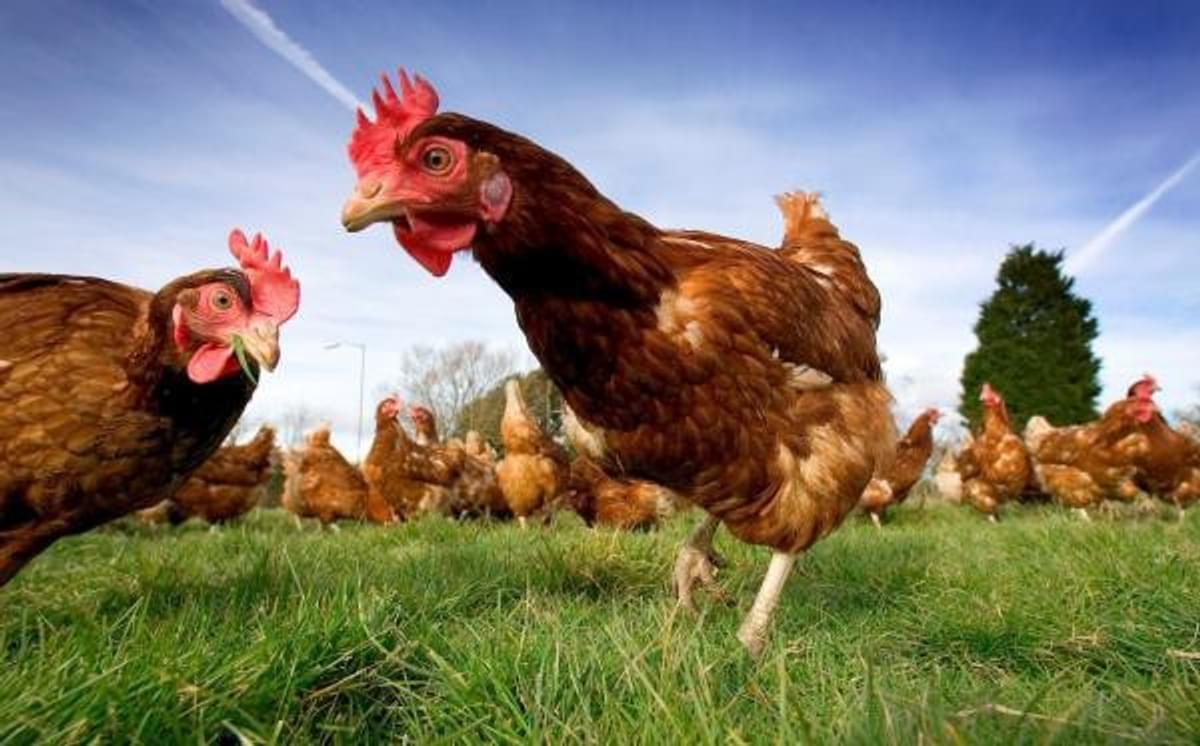As well as being the most ethical and high welfare method of rearing cattle, grass fed cattle also have a number of important differences from intensively reared beef:
- Monounsaturated fat: Grass-fed beef contains much less monounsaturated fat than grain-fed beef
- Omega 3: Grass-fed beef contains up to five times as much omega-3. This results in a more balanced ratio of omega 6:3 fats (3:1), which is less inflammatory to the body
- CLA: Grass-fed beef contains about twice as much Conjugated Linoleic Acid as grain-fed beef. This polyunsaturated fatty acid is associated with a several health benefits including muscle building (and reduction of storage fat) as well as anti-inflammatory properties and likely fighting cancer.
- Vitamin A: Grass-fed beef contains carotenoid precursors to vitamin A, such as beta-carotene.
- Vitamin E: This is a vital antioxidant that resides in your cell membranes and protects them from oxidation.
Grass-fed beef also tends to be richer in other antioxidants such as vitamin B12, B3 and B6. It’s also an excellent source of highly bioavailable iron, selenium and zinc, creatine, carnosine, folate B9, choline, copper, Vit A and many more. You’ll also find more iron, sodium, potassium, phosphorus and zinc in greater quantities in grass-fed meat. The beef contains more thiamine and riboflavin, too. All of these minerals help keep your dog’s body healthy and feeling great.







